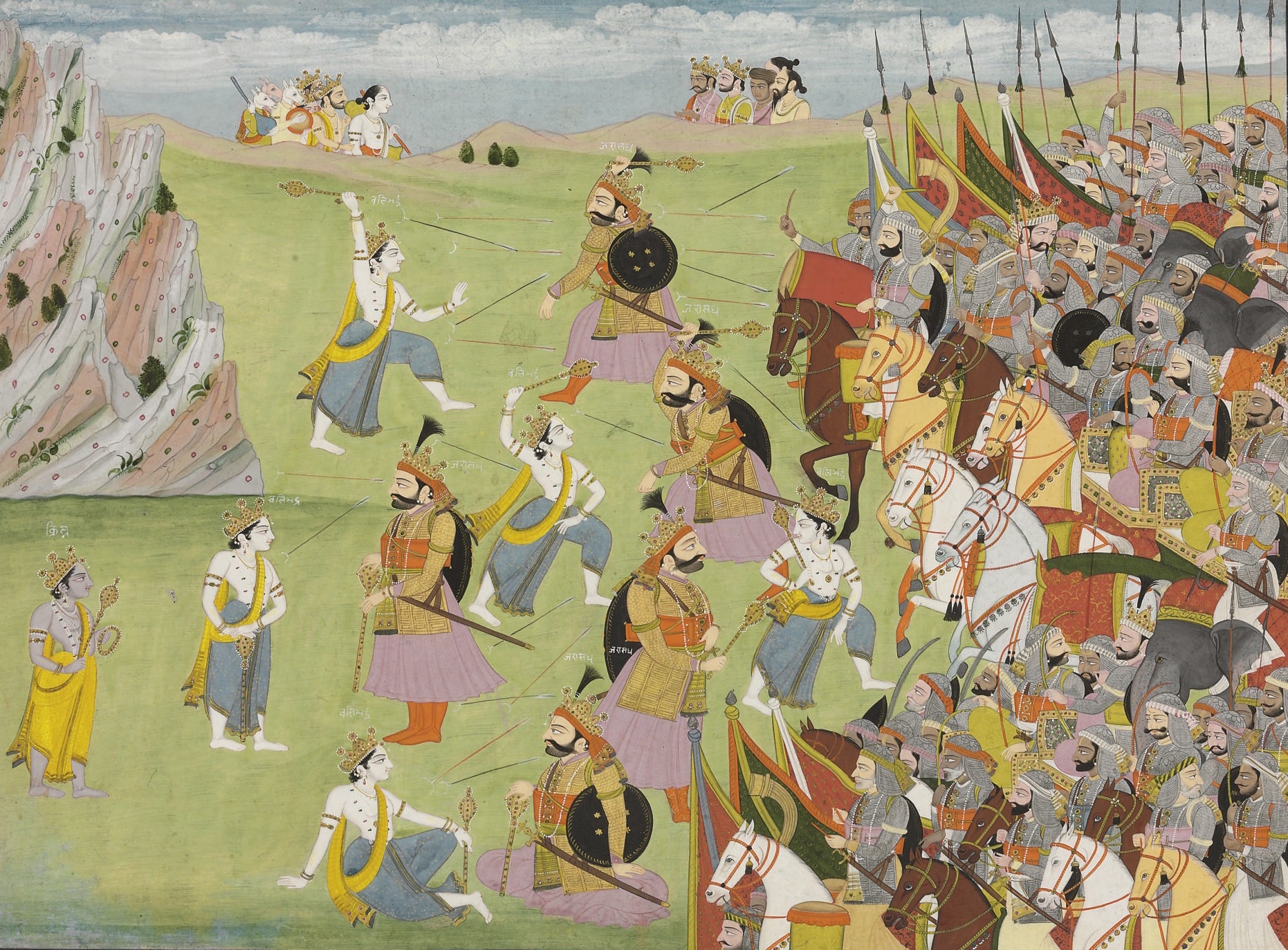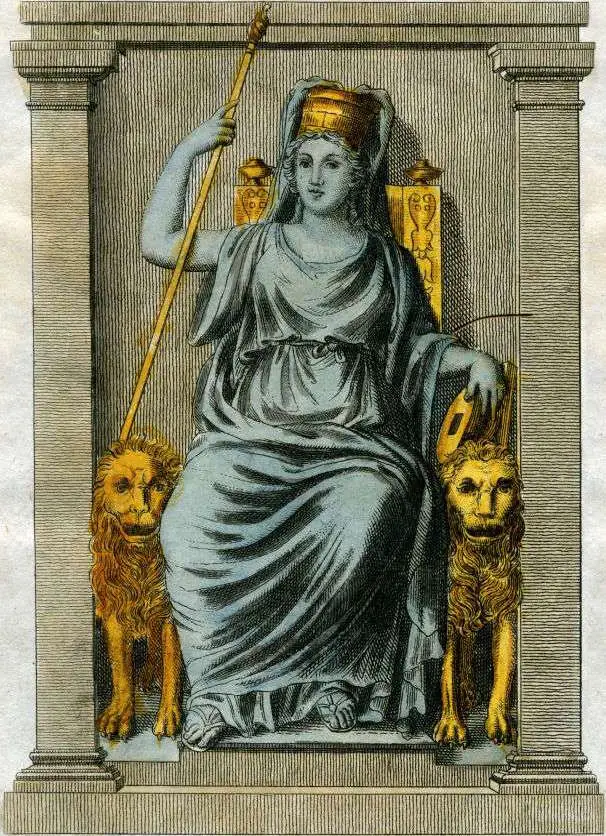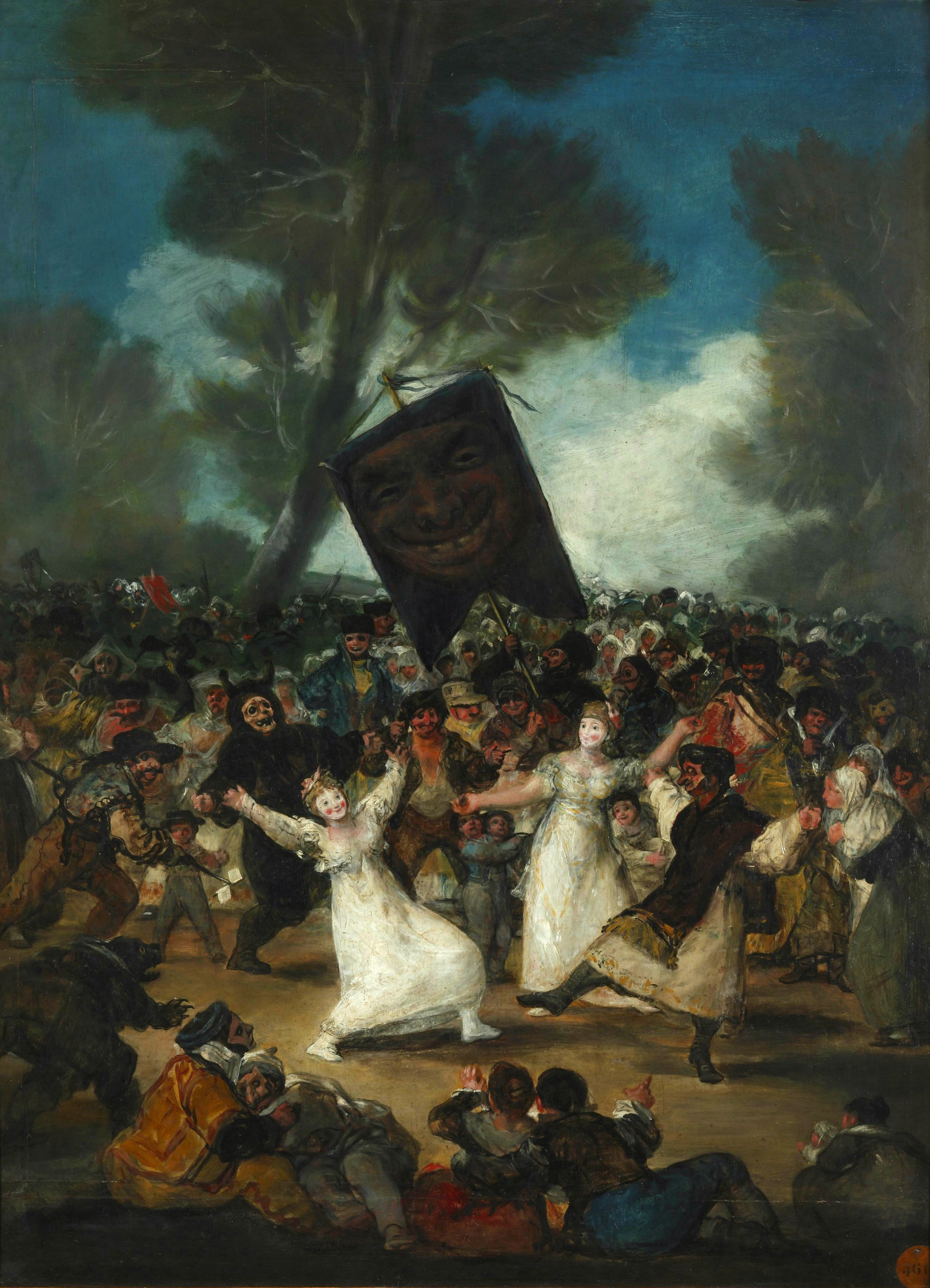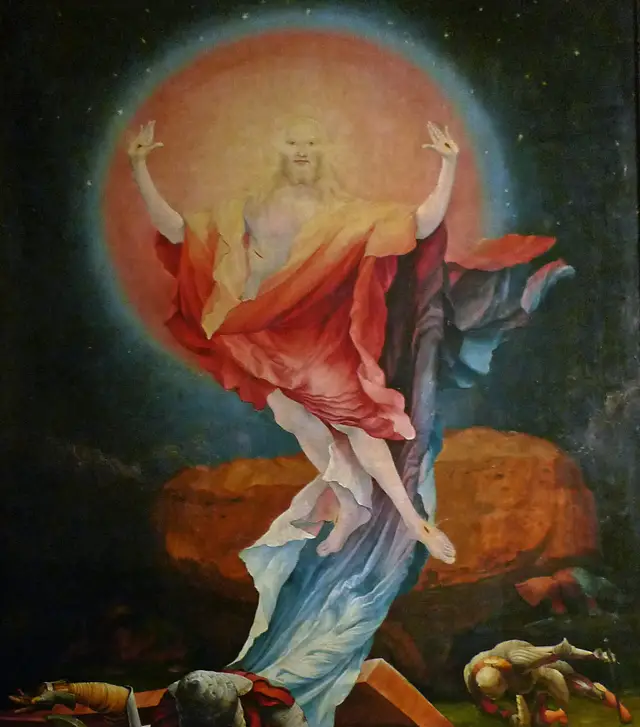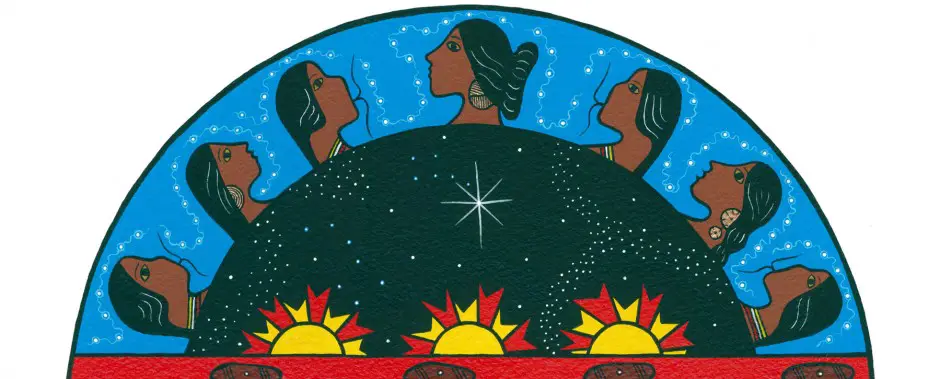Tag: Terra
From Cybele to Demeter, the different faces of Mother Earth, or rather of the ecliptic
From the Phrygian tradition concerning Cybele, "goddess of the mountain and wild beasts", to the Indian tradition of Aditi, "inexhaustible source of abundance", up to the different Hellenic divinities such as Rhea, Demeter, Themes, Meti (without forgetting the various collective deities, always feminine, of destiny), an astrotheological reading emerges that can shed light on the aforementioned "Mother Goddesses of the Earth", provided that the latter is understood, following the studies of Santillana, Dechend and Richer (as well as the Platonic clues), in the meaning of ecliptic.
On the "duende" by García Lorca and the "spirit of the earth" by Ernst Jünger
A few notes on the correspondences between the duende, "occult spirit of aching Spain" according to Federico García Lorca, and the Jüngerian "spirit of the earth", with some glimpses of Octavio Paz. In the appendix, a full-bodied extract from the text of the Spanish poet.
The rites of Easter night as an initiatory mystery
The lighting of the fire, the texts that trace the sacred history, the rite of water that evokes the mystery of death-and-resurrection of baptism. The Sacred Meal of the Body and Blood of Christ: "the greatest hierophany" according to Mircea Eliade. The liturgy of the Easter vigil transmits a mysterious and initiatory meaning over the centuries.
The Sacred Circle of the Cosmos in the holistic-biocentric vision of Native Americans
[Extract from the graduation thesis Recognition of the rights of the Native Peoples of Canada2015]
For millennia, American Indians have regarded the earth as a church, the bullion tables as altars, all of creation as pervaded by sacred vital forces, in a universal circle of equals, one related to the other in a vital balance. 200 The habitat represents the stage on which the realm of spirits and the physical world perform. Plants, forces of nature, celestial stars, human beings, herbs that heal and allow visions, are all part of a "family-run system", 201 in which all are relatives, "all equally children of the Great Mother Earth". The circle of the native universe contains in an inseparable whole the entire existing world, physical and spiritual. Thanks to what we said previously on the importance of the cd reciprocity law in native traditional philosophy, it is not difficult to understand that it is precisely this principle that forms the basis of this particular holistic vision of the cosmos as a single organism composed of a multitude of interconnected and interdependent parts.

